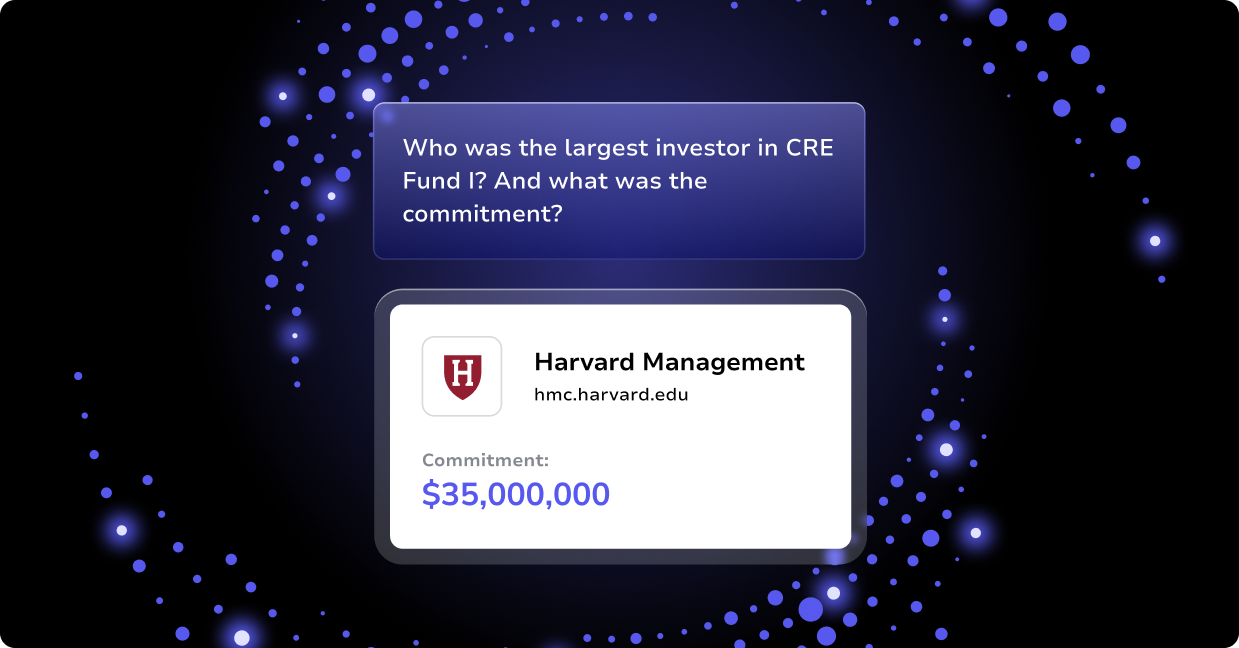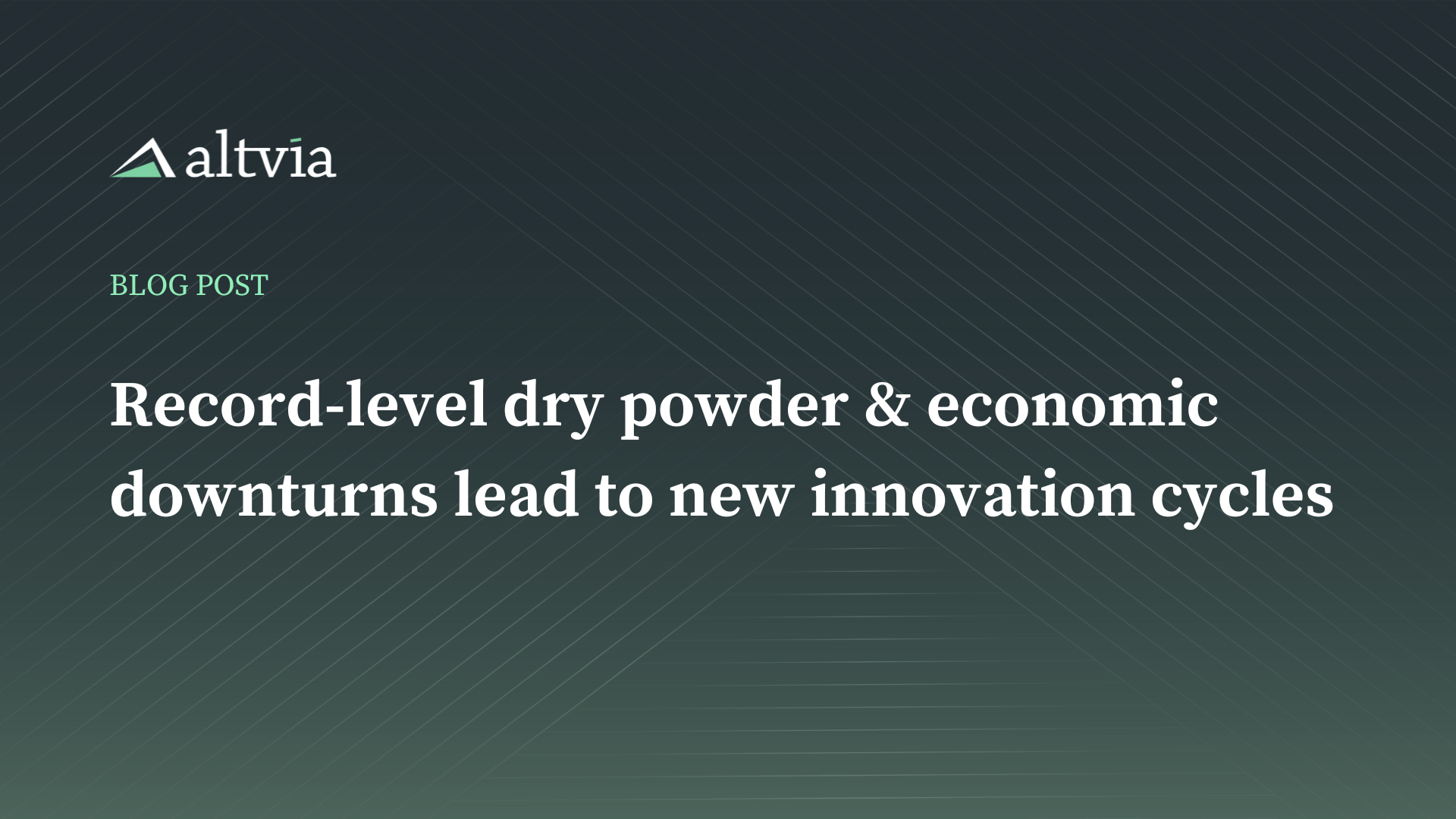Market volatility, inflation pressure, rising interest rates–we could argue that the investment landscape is even more challenging than it was a year ago. As a result, PEs report year-over-year declines across everything from deal activity to fundraising to exits.
To maintain a competitive edge, firms are finding new strategies and sectors to innovate in, and they’re sitting on a record-level amount of funds to fuel it–$290 billion, to be exact. This record level of dry powder is putting pressure on VCs to step up their investment pace, and startup founders are being told to brace for a tidal wave of venture capital interest throughout 2023.
If the past year has shown us any indication of what’s to come, VC firms that put that dry powder to use could lead to another blockbuster investing year, as we saw in 2021. So, how can PEs best leverage that interest amidst continued economic downturns? It starts by understanding a few key takeaways from the first half of 2022 to fuel new innovation cycles and strategies. Keep reading as we outline our findings and suggestions for a way forward.
Findings from the First Half of 2022
- PE Activity Stays Above Pre-Pandemic Averages
In comparing the first half of 2022 with that of 2021, PE firms announced deals have declined by 18%. Key factors attributing to the decline include those typical in an increasingly volatile market: a widening expectations gap between sellers and consumers; reduced visibility into the overall outlook of the business; a looming recession.
But it’s not all bad news. 2021 was a record year for PE firms, representing more than $1.2t in deal activity. Whatsmore, the current deal rate still exceeds pre-pandemic averages, which could very well turn into another record-breaking year for the industry by the close of Q4.
- Fundraising Remains Robust
Just as deal activity declined in the first half of 2022, so did fundraising. As of June 2022, firms had raised over $250 billion, which is about 15% short of the same period last year. However, in contrast to last year, which saw a spike in new growth strategies and activity from smaller managers, 2022 has been dominated by large buyout funds.
Given the decline in public markets, it’s possible that fundraising will continue to drop throughout the remainder of the year. Thankfully, LPs have flexibility in managing those imbalances, and PE firms are unlikely to feel any capital constraints in the foreseeable future.
- A Mitigated Pressure for Exits
Perhaps one of the most significant changes year-over-over is the number of exits, which fell roughly 35% in the first half of 2022. This decline was driven almost entirely by industry-specific limits to achieve those public exits.
As an example, sales to SPACs represented nearly one in five exits in 2021. However, strong headwinds in that market have made it almost impossible for PEs to sell to SPAC vehicles. As a result, exits in that sector have declined by 94%. Nonetheless, the pressure for exits has been mitigated thanks to the strong market of the past 18 months.
Spark New Innovation Cycles to Stay Ahead
The past decade has been heavily focused on growth-oriented investments. But, with today’s uncertain landscape, including factors like rising interest rates, shifting gears is essential for success. As the role of operational value-add quickly emerges in the spotlight, firms should push to shift from “growth-at-all-costs” to “value over volume” strategies as a way to leverage dry powder and stay ahead of the competition.
Where a firm can uniquely add value varies by sector and portfolio. To hone in on areas to spark innovative solutions that create lasting value, PEs must ground themselves and go back to their roots. This means taking a “roll up your sleeves” approach to dig deep into areas like supply chain management, pricing optimization, digital transformation, and working capital–the key areas that will be the new primary drivers for returns.
Altvia’s PE-specific solutions can help develop, streamline, and optimize your firm’s value creation strategies, from streamlining business intelligence data to providing actionable reporting and insights throughout your funnel. To see it in action, request a demo with a member of our team.




